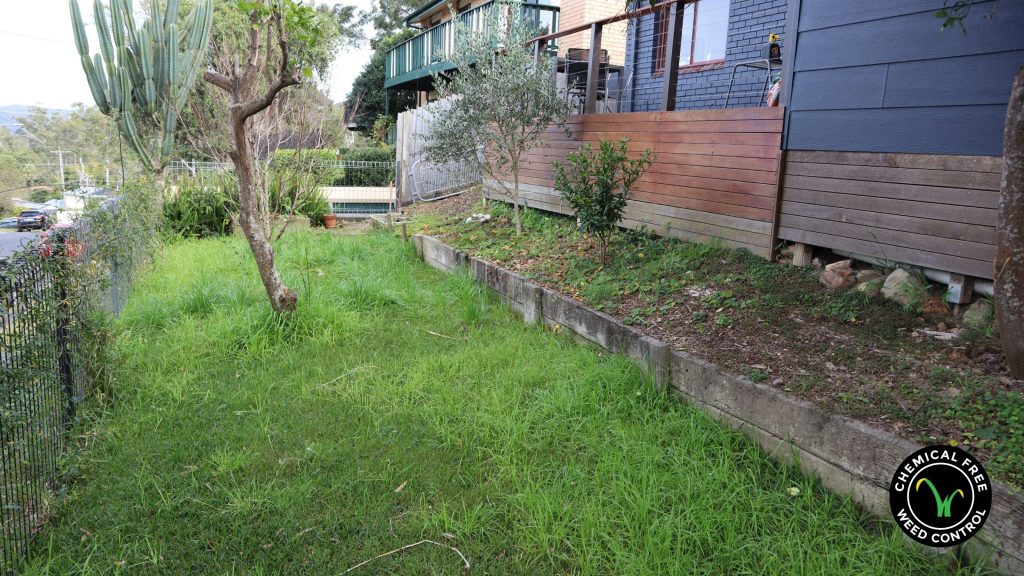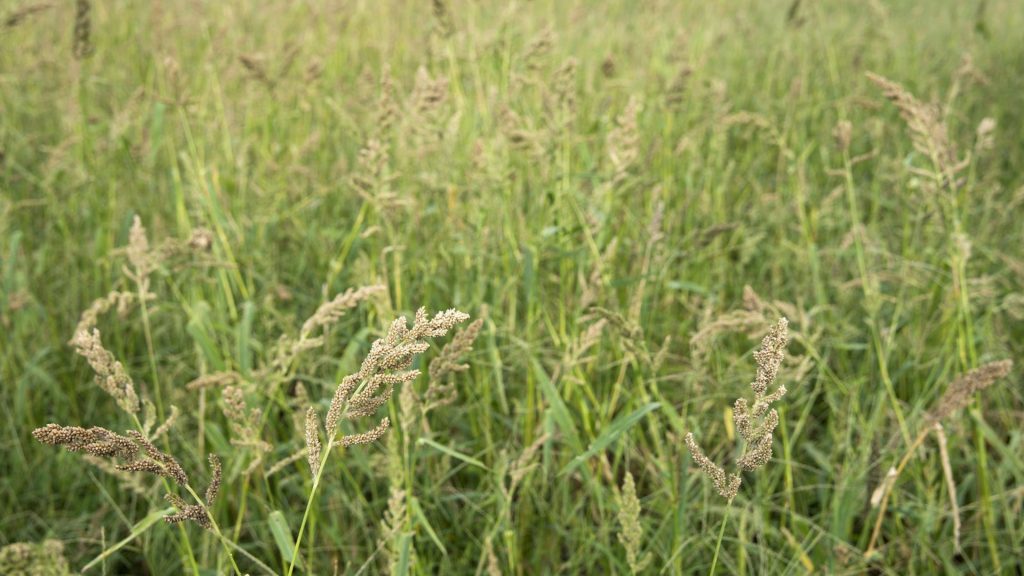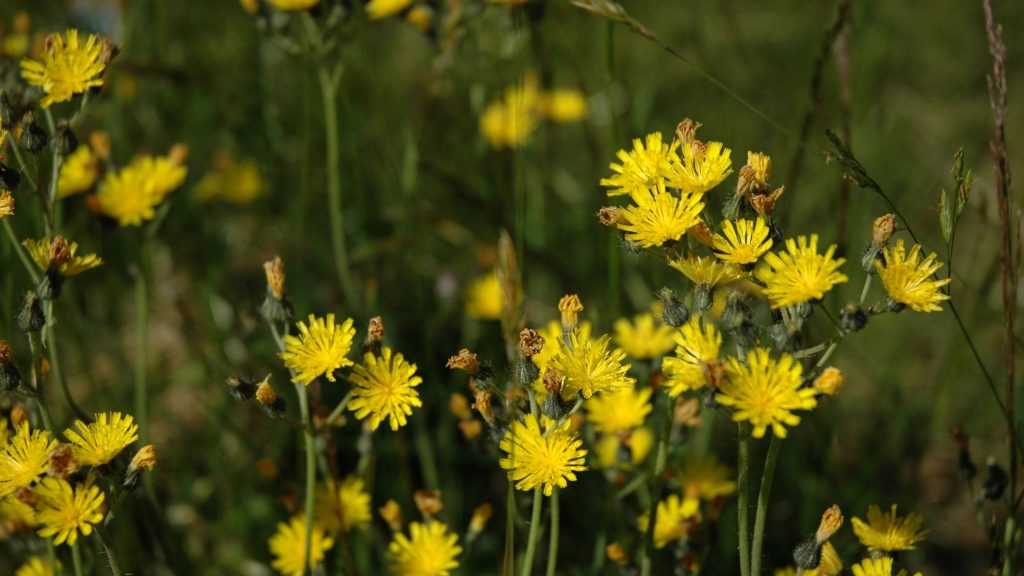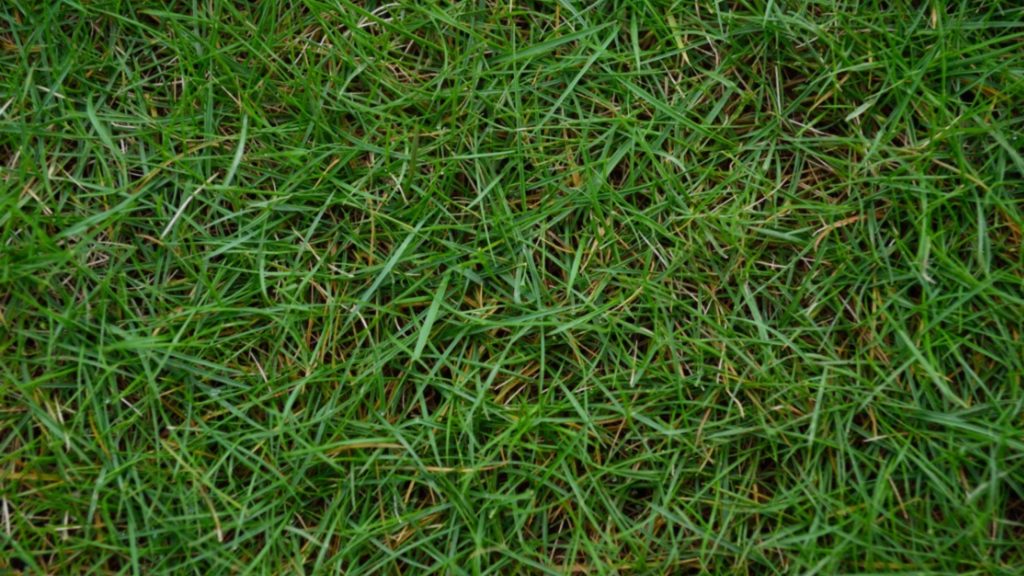Classification of Weeds by Life Cycle
Weeds are defined as any plant growing where it’s unwanted. A lot of efforts have been made in trying to distinguish between desirable and undesirable plants. This includes classification systems based on growth form, life cycle, place of origin, or colour.
All classification systems, however, have their challenges. There are exceptions within classified groups like difficulty in distinguishing between similar species. There are also poor predictive ability, large geographic variation, and lack of morphological detail.
The classification system expressed in this article is a simple one. The weeds are classified according to their life cycle and how long they persist. This classification uses three main categories: annual, biennial, and perennial.
The Life Cycle of Weeds
The classification system used here can be applied at any scale, whether large areas such as states or small areas such as lawns and backyards. Classifying weeds may be complicated by several factors such as many species having overlapping characteristics between classes. Another issue in weed classification is the occurrence of some plants that may have more than one type of growth cycle, and can therefore fit into multiple categories.
Nevertheless, the three weed classification in this article works well to distinguish weeds with a high degree of accuracy, even with exceptions. Classifying weeds based on life cycle is intended to facilitate identification, study, and management. Identification is the first step in an effective weed control method.

Weeds can grow anywhere you don’t want them to. To prevent their growth, it’s important to know how they complete their life cycles.
Classification of Weeds by Life Cycle
Weeds can be grouped by their life cycle into three broad categories: annuals, biennials, and perennials.
Annual
Annuals generally complete their life cycle in one season. They germinate, bloom, produce seed, and die within one year. The weed may be easily pulled out of the ground while still young before any damage is done to the crop being grown.
Some annuals complete their life cycle in one growing season but produce vegetative propagules (tubers, bulbs, corms). These structures allow vegetative and sexual reproduction for the next generation. Examples of such plants are dandelion and yellow rockets.
Once developed, these vegetative parts can survive through winter to sprout a new plant the following year. This process is known as vernalization.
Vernalization is a process in which the seeds are exposed to low temperatures to stimulate their reproduction. This artificial cooling is required for the plant apical meristem to fully develop from being vegetative to being reproductive.

Barnyard grass (Echinochloa crus-galli) is an invasive annual weed that can deplete soil nitrogen levels (Photo credits).
Some classification systems regard these plants as biennials despite the fact that they complete their life cycle in one calendar year. That’s because they require exposure to cold temperatures before they can flower and form more vegetative parts.
Annual weeds that produce seed and then die include chickweed, common groundsel, and common purslane. Other types of annual weeds are crabgrass, barnyard grass, pigweed, lamb’s quarters, purslane, and cheat grass.
Biennial
Biennials do not emerge above-ground until the second growing season when they begin to sprout flowers. These plants complete flowering in late summer or fall of the first growing season then the seeds mature for plant reproduction in the succeeding year.
Biennials complete their life cycle over two growing seasons. They germinate in the fall through winter as a small rosette of leaves. They bloom, set seeds, and die the following year. The only biennial weeds that are not perennials are those producing seed for one year’s growth, followed by winter storage to produce seeds the next season.

King devil hawkweed (Pilosella piloselloides) is a biennial weed that resembles dandelion. They’re characterized by the profuse, long hairs on the leaves and stems (photo credit).
Summer annuals also have this life cycle but have a competitive advantage because they can produce seeds in their first year of growth. In contrast, biennial weed species will have to wait until the second year.
Biennial weeds are more difficult to control than annuals because the process involves two steps. The first step is preventing seed production while the second step includes eliminating other factors that help the reproduction of biennial weeds. Some examples of biennial species are common burdock, common ragweed, hawkweeds, and field bindweed.
Perennial
A perennial plant can survive for more than two years by sending up new shoots from its underground root system. These plants are highly resistant to herbicides when compared with annuals or biennials because most herbicides will kill only the shoots of the plants. These herbicides also do not penetrate deep enough into the ground to affect the roots of perennials.
Perennial weeds reproduce both sexually by flowering and setting seed, and vegetative through their creeping underground stems or shoots. This underground ‘stem’ system is often undisturbed, making perennials sturdy and resistant to common herbicides.
Perennials grow back each year from their root or underground stem system and produce flowers and seeds. Sometimes, they emerge in the same season, but more commonly during their second growing season.

Bermuda grass (Cynodon dactylon) is a perennial weed that spreads by rhizomes, stolons, and seeds. (Photo credit)
Perennials have to be treated more often than biennial weeds. Their ability to survive through periods of drought and produce new growth from below-ground parts make them resistant to most herbicides.
Perennial weed control requires better planning over an extended period of time. Several factors affect their reaction to herbicides including:
- Different germination rates among species
- Competitive ability at various population levels
- Seed production and survival
- Ability to reproduce both sexually and vegetatively.
Some examples of perennials include dandelion, quackgrass, yellow nutsedge, creeping bentgrass, bermuda grass, nimblewill, and quack grass.
Conclusion
One classification system of weeds describes them as either annuals, biennials, or perennials. Annual weeds live for one year and die after while biennial weeds live for two growing seasons before flowering and setting seed. Perennial weeds can exist for more than two years without forming reproductive structures via sexual or asexual reproduction. The classification system outlined above is useful to growers trying to understand the best methods for weed control in their crops.
Jeremy Winer has 30 years of practical experience in implementing integrated holistic approach to organic weed management across urban landscapes, recreational parklands and wetlands. He currently runs Weedtechnics specialising in providing chemical reduction and non-toxic weed control programs to municipalities across Australia. He has developed, patented, manufactured, and commercialised the Steamwand method of creating saturated steam for vegetation control.
Labels
- Effective Steam Weeding for Sensitive Garden Beds
- Are you considering organic herbicides?
- A Hidden Threat to Human Health and the Environment- Herbicides
- The Growing Demand for Non-Chemical Weed Control: Why Landscape Contractors Should Consider Satusteam™ technology
- Saturated Steam Weeding: A Profitable and Sustainable Business Opportunity
- Toxin-Free Weed Control with Weedtechnics’ Patented Steam Weeding Technolog






